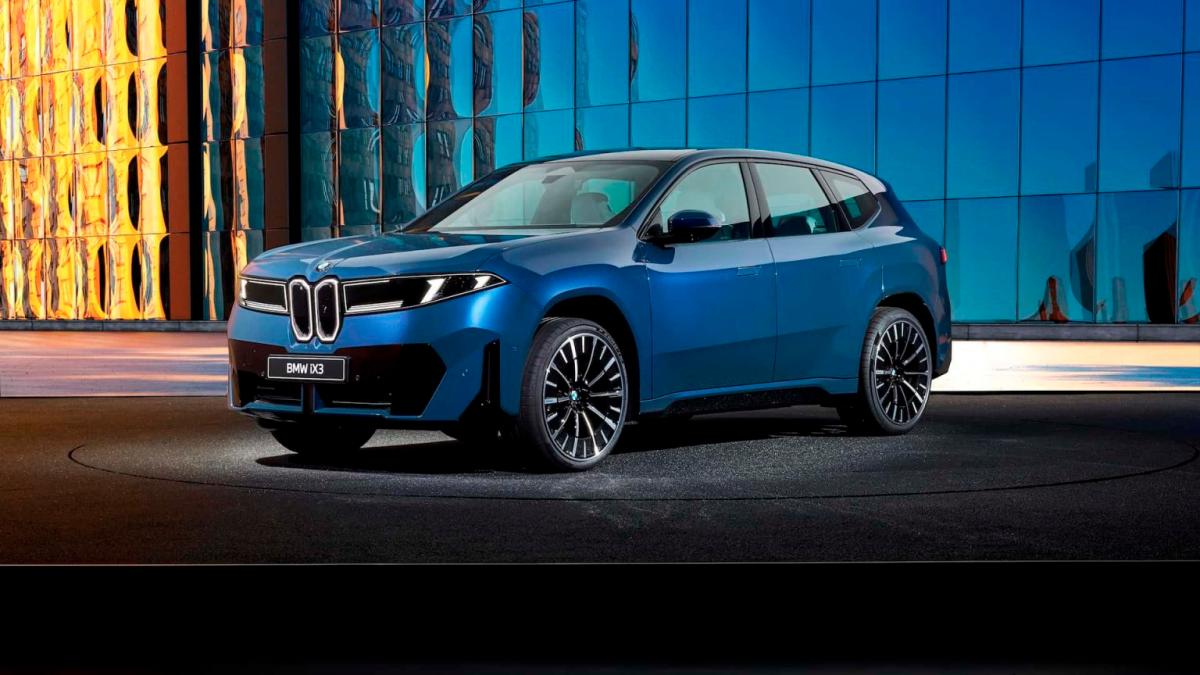BMW has officially revived the “Neue Klasse” nameplate with the debut of the iX3 at the Munich Motor Show, marking one of the brand’s most significant steps forward in decades.
The Neue Klasse label first rose to fame in the 1960s and 1970s with models such as the 1500 sedan and the iconic 2002, which cemented BMW’s identity as a maker of dynamic, driver-focused cars.
Now, the Bavarian automaker is using that same heritage to introduce its next generation of fully electric vehicles.
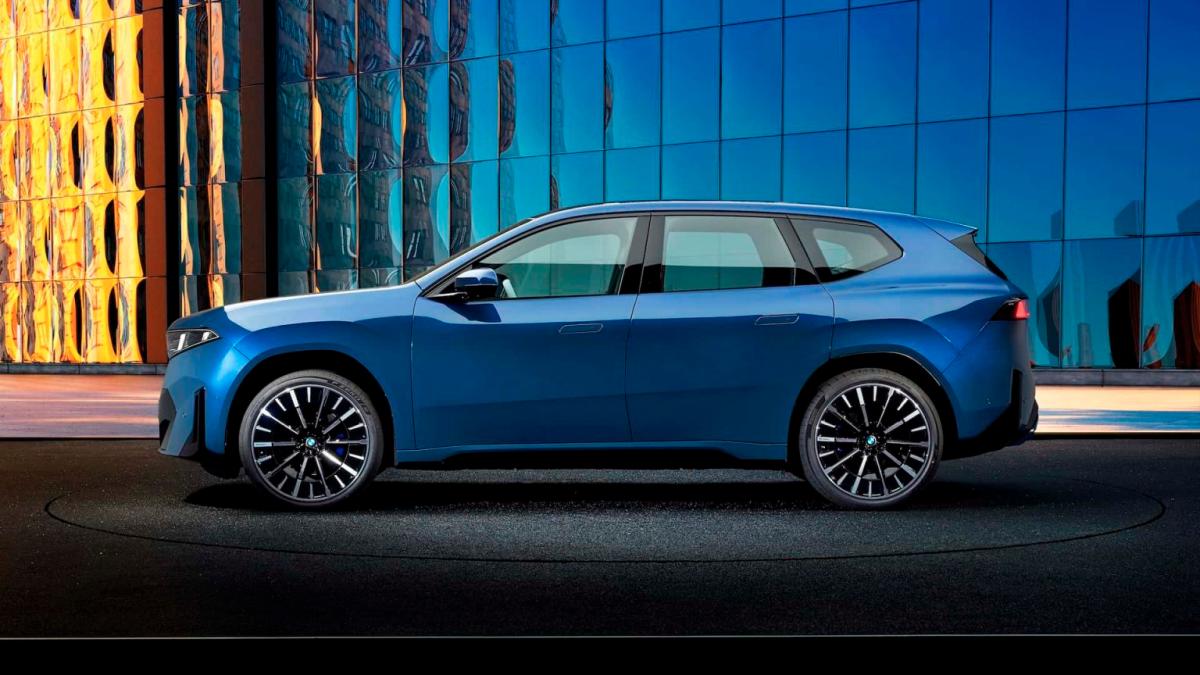
The iX3 is the first production model to be built on BMW’s all-new Neue Klasse EV platform. Unlike the company’s current approach – where petrol and electric variants share the same architecture as seen in the 4, 5, and 7 Series – the iX3 is a ground-up EV. It will sit alongside the existing combustion-powered X3 but serve as the flagship of BMW’s electrification strategy.
BMW is positioning the iX3 as a game-changer. The range-topping iX3 50 xDrive will offer up to 644km of driving range, powered by dual electric motors delivering 463hp and 641Nm of torque.
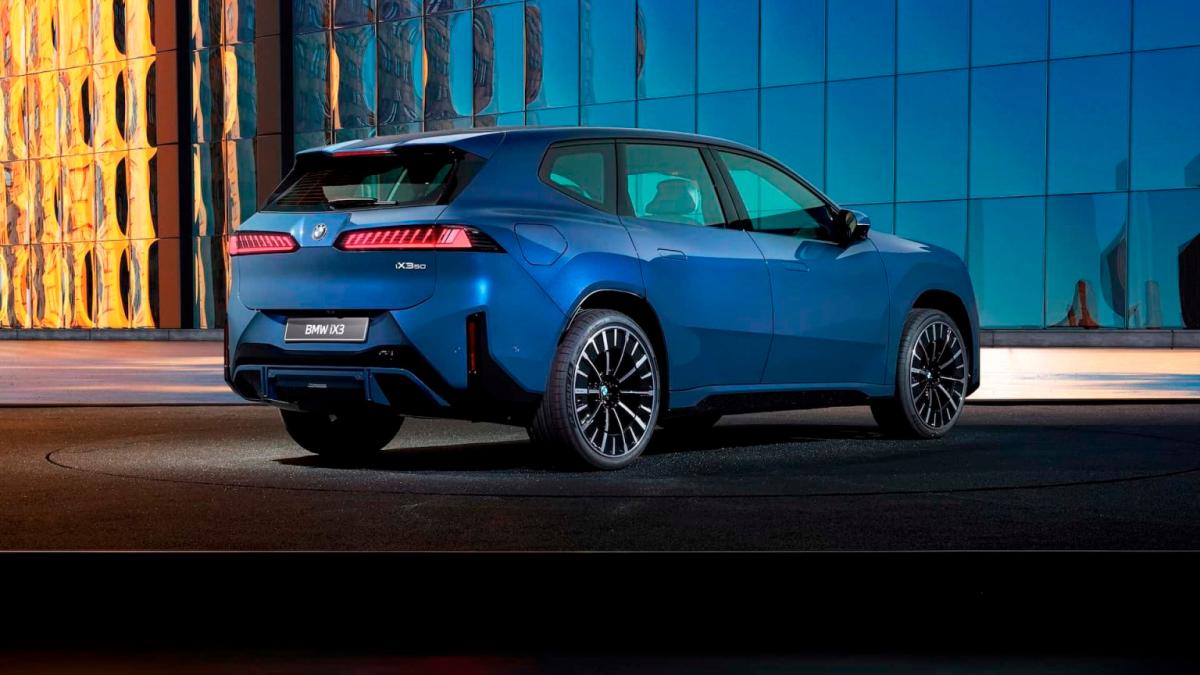
A key innovation is BMW’s adoption of an 800-volt electrical system for the Neue Klasse, enabling rapid charging speeds. The iX3 supports up to 400 kW DC fast charging, allowing approximately 370km of range to be added in just 10 minutes – making it one of the quickest-charging EVs in its segment.
While not matching the extreme charging speeds of some Chinese competitors, this capability sets a new benchmark for BMW in global markets.
Dimensionally, the iX3 sits on a slightly longer wheelbase compared with the current petrol-powered X3, though its overall proportions are more compact in other areas.
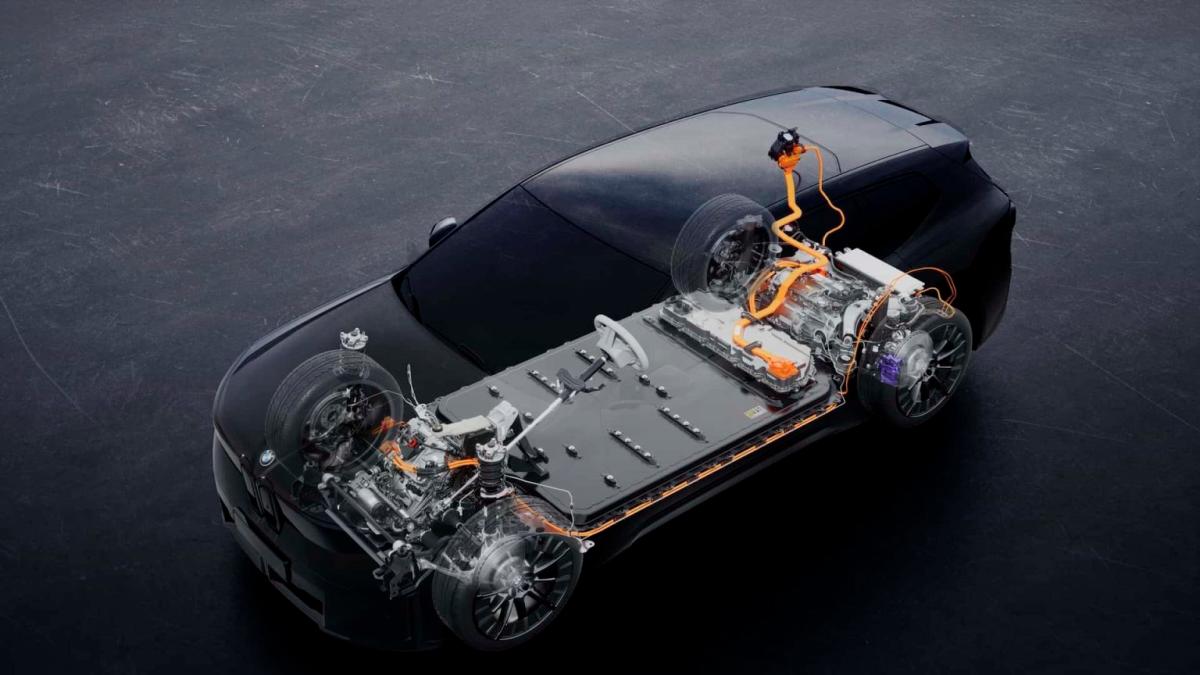
The design draws inspiration from both the Neue Klasse and Neue Klasse X concept cars, as well as the original sedans of the 1960s. Slim kidney grilles, quad headlights and a clean profile echo classic BMW styling cues, while the rear features wide but separate taillights, avoiding the light-bar trend seen elsewhere. Customers opting for the M Sport Professional package will also receive illuminated kidney grilles.
Inside, the iX3 departs from convention with a minimalist, futuristic cabin. Instead of a traditional instrument cluster, a slim display positioned at the base of the windscreen projects essential driving information. A new hexagonal touchscreen manages infotainment via BMW’s latest Operating System X, while the familiar iDrive controller has been phased out entirely.
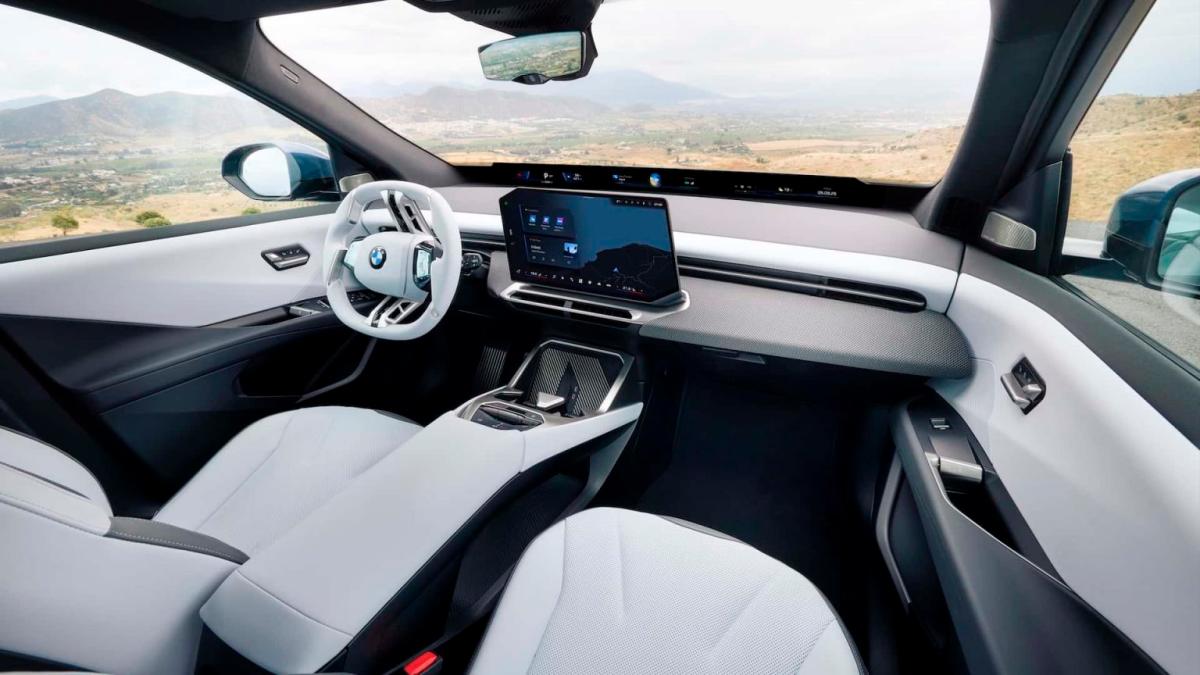
Beneath the surface, the iX3 is BMW’s first software-defined vehicle (SDV), joining a growing movement pioneered by Tesla and Rivian. The system consolidates multiple control functions into four powerful computing units, which BMW refers to as “superbrains.”
These oversee everything from vehicle dynamics to driver assistance. One of these units, called the “Heart of Joy,” manages the powertrain, suspension, steering and braking as a single integrated system. This promises improved ride comfort, sharper handling, and higher efficiency.
Driver assistance also benefits from the new architecture. Adaptive cruise control and lane-keeping functions are fitted as standard, while an optional hands-free highway system has been designed to allow seamless transitions between manual and assisted driving.
Unlike older systems that disengage completely when overridden, BMW’s new approach blends driver inputs back into the system for smoother handovers.
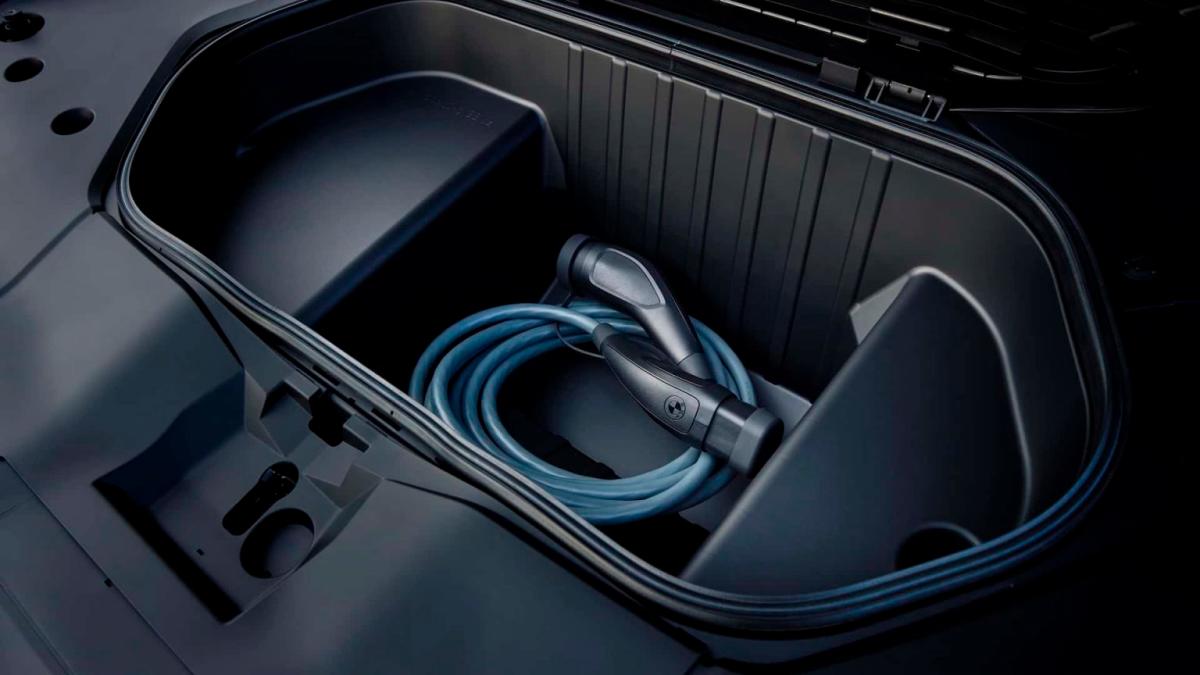
The iX3 introduces a number of technical firsts for BMW. Its in-house developed motors do not use permanent magnets, improving sustainability while achieving 40% higher efficiency, 10% lower weight and 20% lower production costs compared with previous units. Its new battery cells are 20% more energy dense than the brand’s current designs, while the inverters are also produced in-house for greater integration.
In addition, the iX3 will be the first BMW equipped with the North American Charging Standard (NACS) port, while retaining a CCS adapter as standard. The EV also supports bi-directional charging, enabling owners to power external devices directly from the car.
On the performance front, the iX3 sprints from 0–100kph in 4.7 seconds and has a top speed of 209kph. The chassis uses a MacPherson strut front axle paired with a redesigned multi-link rear, with near-perfect weight distribution of 48.6% at the front and 51.4% at the rear. Standard wheels are 20 inches, with 21” and 22” options available as part of the M Sport package.
Production of the iX3 will take place at BMW’s new facility in Debrecen, Hungary, with deliveries scheduled to begin in June 2026. The US assembly will also follow in early 2026, ensuring global availability of what BMW views as a cornerstone model for its electric future.



